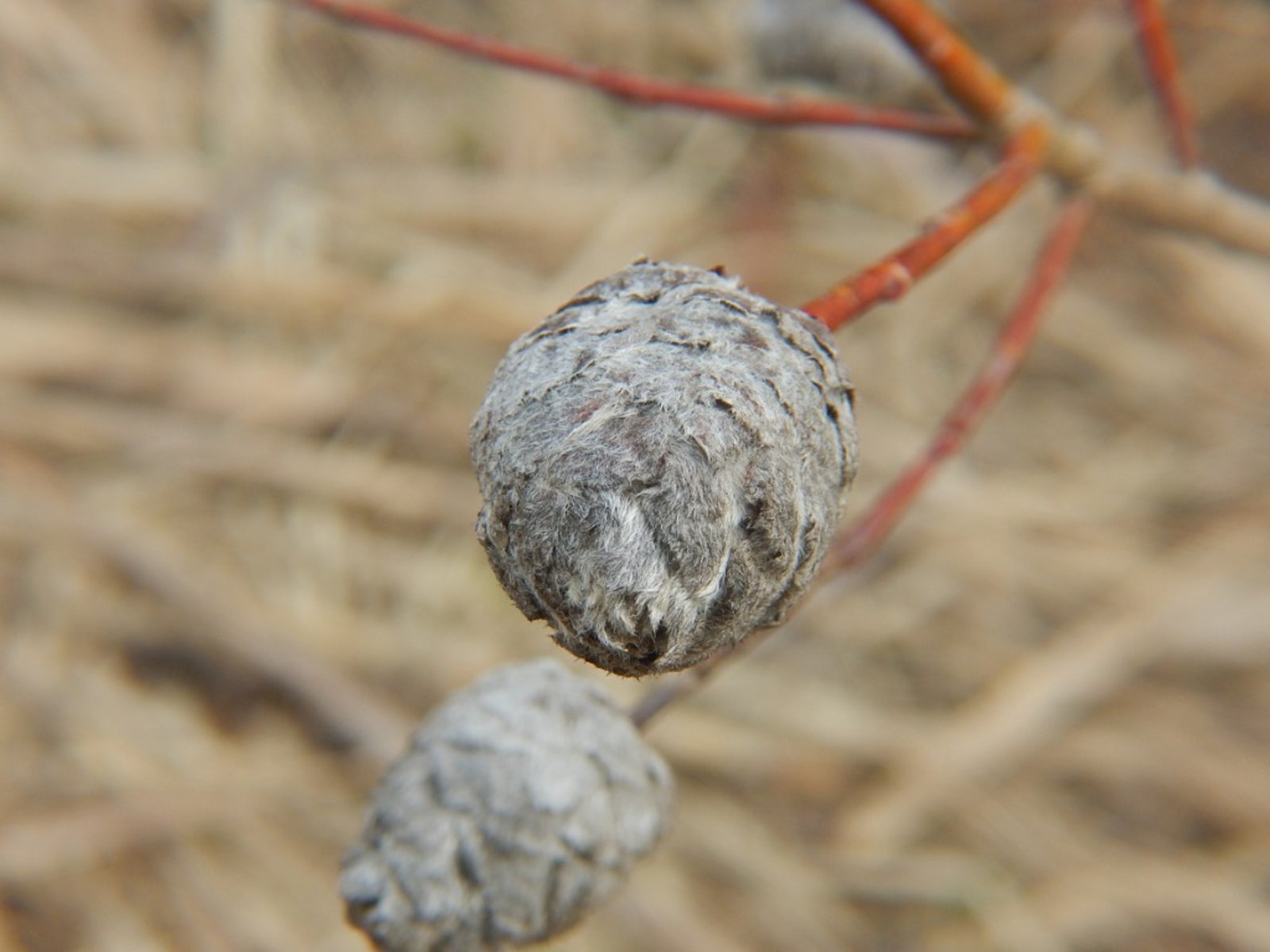What Are Willow Galls: Learn About Galls On Willow Trees


Willow tree galls are unusual growths that appear on willow trees. You may see different varieties on leaves, shoots, and roots. The galls are caused by sawflies and other pests as well as bacteria and can look quite different depending on the pest causing them. For more information about galls on willow trees, read on.
What are Willow Galls?
If you don’t know about galls on willow trees, you are not alone. They are unusual growths on willow trees caused by various insects and bacterium. Willow tree galls are different in color, shape, and placement depending on what insect or bacterium causes them. Read on for a run-down on different pests that cause galls on willow trees and what those galls look like. Willow Gall Sawflies – Willow galls can be caused by willow leaf gall sawflies, Pontania pacifica. These insects are stout wasps with broad waists, either black (males) or brown (females). Willow sawfly larvae are pale green or yellow and have no legs. Sawfly females insert eggs into young willow leaves, which form a gall at each egg location. Sawfly activity creates round, green, or reddish galls on willow leaves. What to do about willow trees with galls caused by sawflies? No action is necessary. These galls do not damage the tree. You can prune out the infested foliage if you want to. Midges – Willow trees with galls on shoot tips have likely been infected by the willow beaked-gall midge, Mayetiola rigidae. This pest causes infested shoot tips to swell, creating a twig gall. Willow tree galls caused by the midge may have a beak-like point. Another gall midge, Rhabdophaga strobiloides, causes galls that look like little pinecones. This occurs when a female midge lays an egg in a terminal willow bud in springtime. Chemicals injected by the female and others exuded by the egg cause the stem tissue to broaden and harden into the shape of a pinecone. Eriophyid Mite – If willow tree galls are created by eriophyid mites, Vasates laevigatae, you will see a grouping of tiny swellings on willow leaves. These tiny galls on foliage resemble beads. Crown Gall – Some galls are very destructive to the willow tree. Among the most dangerous galls is crown gall, caused by the bacterium Agrobacterium tumefaciens. The bacterium causing crown gall is usually found in the soil in which a plant is growing, which attacks the willow plant roots. You can’t cure a willow with crown gall. Your best bet is to remove and destroy the affected trees.
Sign up for the Gardening Know How newsletter today and receive a free copy of our e-book "How to Grow Delicious Tomatoes".

Teo Spengler is a master gardener and a docent at the San Francisco Botanical Garden, where she hosts public tours. She has studied horticulture and written about nature, trees, plants, and gardening for more than two decades, following a career as an attorney and legal writer. Her extended family includes some 30 houseplants and hundreds of outdoor plants, including 250 trees, which are her main passion. Spengler currently splits her life between San Francisco and the French Basque Country, though she was raised in Alaska, giving her experience of gardening in a range of climates.